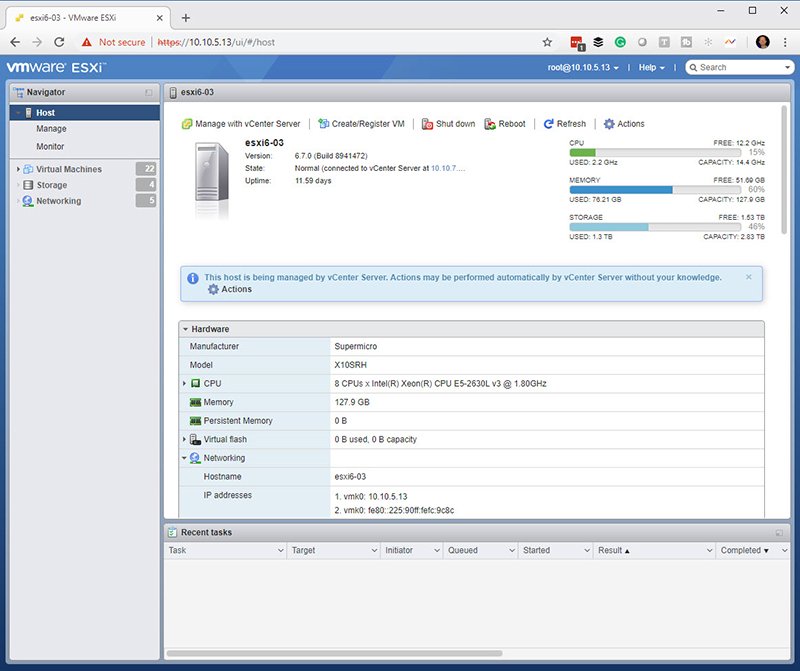

Some guest operating systems (for example, Linux) might not access all of the configured memory immediately after booting. Reservation Is a guaranteed lower bound on the amount of physical RAM that the host reserves for the virtual machine, even when memory is overcommittedǯ Set the reservation to a level that ensures the virtual machine has sufficient memory to run efficientlyǰ without excessive paging After a virtual machine consumes all of the memory within its reservation, it is allowed to retain that amount of memory and this memory is not reclaimed, even if the virtual machine becomes idle. Shares Specify the relative priority for a virtual machine if more than the reservation is available. The VMkernel treats VM overhead reservation the same as VM-level memory reservation and it will not reclaim this memory once it used. If the VMM does not obtain the extra memory space, the VM will continue to function but this can lead to performance degradation. The VMM will request the space, but the VMkernel is not required to supply it. This is why you see the VM memory overhead change over time. Once the VM has started up, the VMM can request additional memory space. The destination host must be able to back the VM reservation and the static overhead otherwise the vMotion will fail. Both the host as well as DRS uses this metric for admission control and vMotion calculations. Static overhead is the minimum overhead that is required for the VM startup. This extra space is needed by the VMkernel to create and maintain internal data structures such as the VM frame buffer and to some extent a memory translation-mapping table (mapping guest physical memory to host physical memory). Each VM running on an ESX host consumes some memory overhead additional to the current usage of its configured memory.


 0 kommentar(er)
0 kommentar(er)
